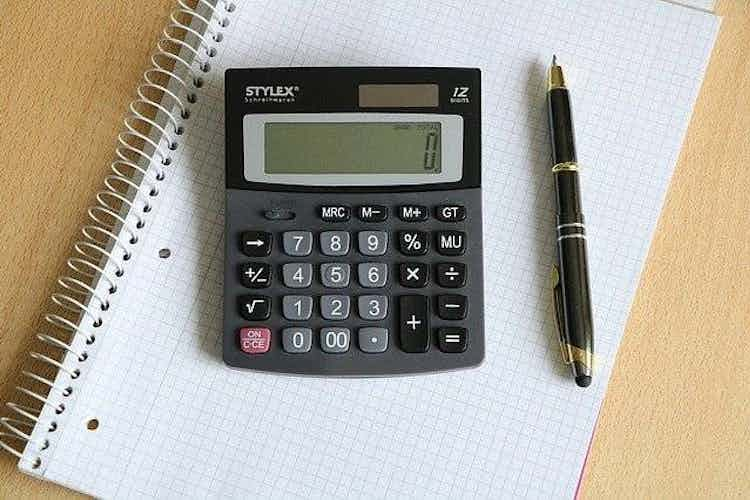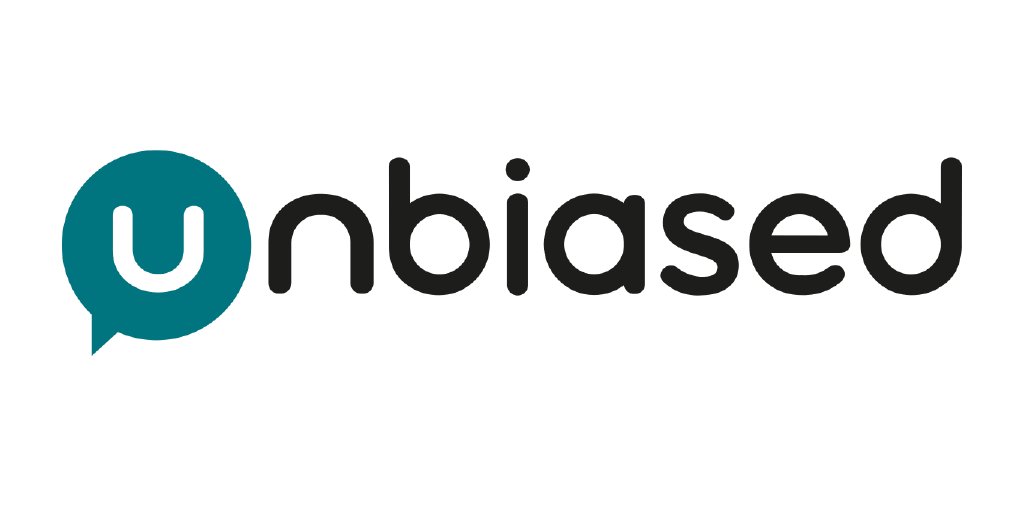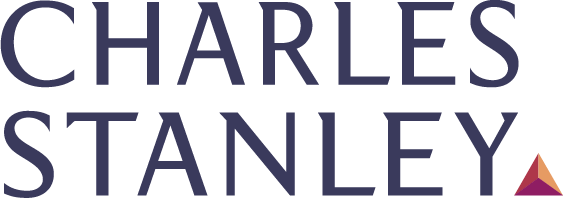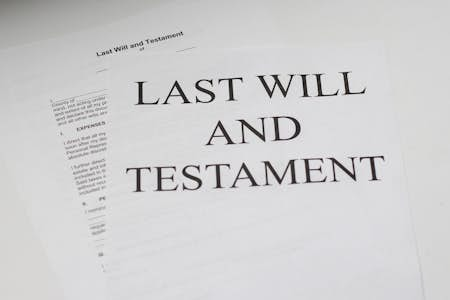Knowing how different tax allowances work can help you make the most of those available to you. Here is a comprehensive look at the various tax allowances and how to use them.
While this guide will give you an in-depth look at how you can use tax allowances, you can read the basics from our comprehensive tax glossary. It will help you understand the most common tax terms, including many mentioned in this guide.
Tax allowances and their eligibility criteria
Each tax allowance has a unique set of conditions. However, there is one common criterion: your tax residency. You are only eligible for UK tax allowances if you are resident in, or a national of, the UK.
If you are resident but not domiciled in the UK and you are claiming the ‘remittance basis’ of taxation, you may not be eligible for UK tax allowances.
Personal Allowance
The most common tax allowance available to all UK residents is the Personal Tax Allowance. Also called the Personal Allowance, this reduces the amount of income on which you must pay tax and only applies to taxable income.
Discover everything you need to know about taxable income in retirement here.
How much is the Personal Tax Allowance?
The personal tax allowance for the tax year 2021/2022 is £12,570.
If your income falls below this level, then you don’t have to pay any income tax. Anything above the allowance is subject to tax, however. The tax rate you're subject to can depend on how much you make, and the below bands are for anyone who uses the standard Personal Allowance.
You pay the basic rate of 20% if your earnings fall between £12,570 and £50,270. For example, if you made £40,000, you’d pay tax on £40,000 - £12,570 = £27,430. At 20%, this would equate to £5,486 in tax throughout the year.
If your income is between £50,271 and £150,000, the tax rate is the higher rate of 40%. Anything over £150,000 is taxed at an additional rate of 45%.
You should also note that your Personal Allowance is smaller if your taxable income is over £100,000. In this scenario, you lose £1 of the personal allowance for every £2 earned over the £100,000 limit. If you make more than £125,140 in 2021/22, you can’t use any personal allowance, and all your income is subject to tax.
How to use the Personal Allowance
If you're employed, or your only income is pension income, your employer or pension provider will work out your income tax for you. They will use the Personal Allowance and determine how much you have left to pay. You can then see your tax code and Personal Allowance online. If you have paid too much tax, you can claim it back.
If you are self-employed, you must file a self-assessment return. You also need to file a tax return if you have other income aside from your job or pension or only receive State Pension.
Marriage Allowance
Another common tax allowance is the Marriage Allowance, which is also known as the Transferable Tax Allowance. It’s different from the Married Couple’s Allowance. You can read more about the Married Couple’s Allowance here.
The Married Tax Allowance works by allowing you to give up some of your personal allowance as a tax credit for your spouse or civil partner.
How much is the marriage tax allowance?
For 2021/22, you get £1,260. If you are not liable to income tax above the basic rate, you can transfer this amount of your personal allowance to your spouse or civil partner with a tax credit of £252. The recipient also cannot be liable to income tax above the basic tax rate.
For example, if your spouse has an income of £11,500, they earn below the personal allowance and won’t pay tax. If your income is £20,000, you would have to pay tax on £7,430. Your spouse could then claim the Marriage Allowance, transferring £1,260 of their allowance to you. Their personal allowance becomes £11,310, leaving them to pay tax on the £190 of their income now above the new limit. However, your taxable income decreases, as your personal allowance limit goes up. With the new threshold in mind, you must pay tax on just £6,170. Overall, this will reduce your total joint tax by £214.
How to apply for the marriage allowance
To benefit, you usually need to have an income below your personal allowance. You can apply if you are married or in a civil partnership. It’s advisable for the person who earns the least to make the claim. You can apply online. Once you apply, the allowance will be added to your taxes each year automatically until you cancel it.
Personal Savings Allowance
You can also benefit each tax year from the personal savings allowance. It applies to the interest you gain on your savings accounts, meaning you’ll only pay tax on savings income exceeding the threshold.
How much is the personal savings allowance?
For 2021/22, you can earn up to £1,000 of interest on savings tax-free. You must be a basic tax rate taxpayer. If you belong to the higher-rate bracket, then your tax-free allowance drops to £500.
How to use the personal savings allowance
Unlike in the past, the personal savings allowance is no longer automatically deducted by the savings provider. If you need to pay tax, i.e. you earn more interest than the thresholds, you have to pay it via self-assessment or ask for a deduction via PAYE.
Capital Gains Tax Allowance
You might make money on the sale of certain things that are applicable for Capital Gains Tax. You pay tax on the gain when you sell things like:
- Most personal possessions, excluding your car, worth £6,000 or more.
- Property that isn’t your main home.
- Your main home, if you’ve let it out, used it for business, or the house and grounds are over 5,000 square metres in size.
- Shares that aren’t in an ISA or PEP.
- Business assets.
The Capital Gains Tax Allowance will reduce the amount you have to pay CGT on because you do not have to pay tax on anything below the annual threshold.
How much is the capital tax allowance?
The tax-free allowance for 2021/22 is £12,300, or £6,150 for trusts. If you are below the limit, you don’t have to pay anything, and if you are above it, you’ll pay tax on the sum above the threshold.
How to use the capital tax allowance
You don’t need to report your capital gains if they are below the threshold and you don't usually file a self-assessment return. If you already file a tax return, you should report your capital gains even if you do not have to pay tax on them.
Working from home allowance
The Covid-19 pandemic has turned our lives upside down. One of the most significant changes has been the number of people working from home.
Working from home can also provide you with specific tax allowances. It’s essential to understand the difference between working from home as a self-employed person or being asked to do so by your company, however.
Working from home allowances if you have to work from home
Let’s start with the allowances you are entitled to if you have to work from home. These apply to situations where you are working from home due to exceptional circumstances, such as the Covid-19 pandemic. These allowances are not available if you choose to work from home.
How much can you claim?
The allowance allows you to claim tax relief for additional household costs when working from home regularly. Additional costs here include things like:
- Heating
- Metered water bills
- Home contents insurance
- Business calls
- Broadband connection
You can’t claim expenses that would stay the same whether you worked from home or in the office. For example, your mortgage interest, rent or council tax payment is the same whether you work at home or in the office.
There are two different ways to claim. You can either:
- Claim up to £6 a week and without any evidence of the extra cost.
- Claim the exact amount of extra costs incurred above the weekly amount with evidence to support your claims, such as receipts or bills.
You will receive tax relief based on the rate of tax you pay. For example, if you pay the basic rate of 20% and claim relief on £6 a week, you would get £1.20 per week in tax relief.
How to make a claim
The best way to make a claim is to follow the Government’s check regarding eligibility. You need to answer a few questions, after which you can make a claim or receive help in terms of your next steps.
Working from home allowances if you’re self-employed or choose to work from home
If you choose to work from home, you can deduct some further running costs from your income. These don’t work quite the same as most tax allowances mentioned in the guide. For self-employed people, these are simply different running costs you can deduct when working out your taxable profit.
Note that if you are operating a limited company, you’ll have to follow different rules. You can find out more information about allowable expenses in this situation here.
Unlike with the above example, you can also claim allowable expenses for a proportion of your costs on things like Council Tax and even mortgage interest or rent.
How much can you claim?
If you are self-employed and run your business from your home, you can claim a proportion of these costs. This includes things like:
- Heating
- Electricity
- Council Tax
- Mortgage interest or rent
- Internet and telephone use
You can only claim the proportion spent for business purposes. For example, you can’t claim your total electricity bill since it isn't exclusively for business purposes. There are some examples online of how you can find a reasonable method of dividing your costs.
You can also use simplified expenses for working from home and living on your business premises. The flat rate is based on the hours you work from home each month. You can only use these rates if you work for 25 hours or more a month from home. The flat rate per month is:
- £10 if you work for 25 to 50 hours.
- £18 if you work for 51 to 100 hours.
- £26 if you work for 101 or more hours.
If you live at business premises, then you can deduct a flat rate each month. For example, if you are running a bed and breakfast or a guesthouse from your home. The flat rate is based on how many people live on the business premises. You can claim:
- £350 a month if you are the only person using the premises for personal use.
- £500 a month if two people use the premises for personal use.
- £650 a month if three or more people use the premises for personal use.
How to make a claim
If you’re self-employed, you can make these claims as you file your self-assessment. Enter the figures into your expenses to reduce the amount of profit on which you have to pay tax.
There is a great simplified expenses checker online on the Government website. You can use it to see what you can claim and if it’s better to use the simplified method over the actual costs.
What about uniforms, work clothing and tools?
You might also be entitled to a uniform tax rebate. Again, there is a difference between being self-employed and working for someone as an employee.
If you work as an employee, you can claim tax relief on the cost of repairing or replacing small tools or for cleaning, repairing and replacing specialist clothing. You can’t claim for the initial cost, however. You also cannot claim tax relief for Personal Protective Equipment. If your job requires you to use it, your employer should give you PPE free of charge or reimburse you for the costs.
Self-employed people can claim the cost of uniforms, tools and work clothing as a business expense. Note that it doesn’t apply to ‘everyday clothing’ even if you wear it for work. PPE is a fully claimable expense if you’re self-employed.
How much can you claim?
If you are an employee, you can claim the actual amount you spend if you have receipts. You can also choose to claim an agreed fixed amount available for certain professions. You can see the jobs with an agreed flat rate expense and the amount here.
For self-employed people, the cost of uniforms and PPE is fully claimable. You can file it as a business expense.
Check your tax information online
For most people, the personal allowance is nothing to worry about. If you are employed or receive a pension, your employer or pension provider will calculate and pay your taxes for you. But if you want to maximise the use of other allowances, you might need to take additional steps. It’s always beneficial to:
- Check for your income information online.
- Apply for additional tax allowances that you’re entitled to online, such as marriage allowance.
If you are already used to filing self-assessment returns, ensure you know and use all relevant allowances when filing.







